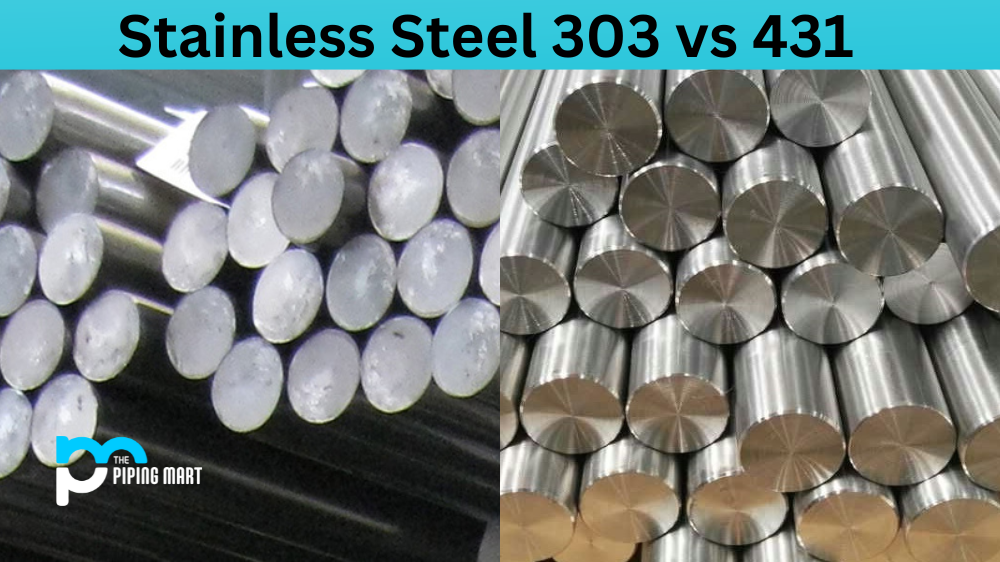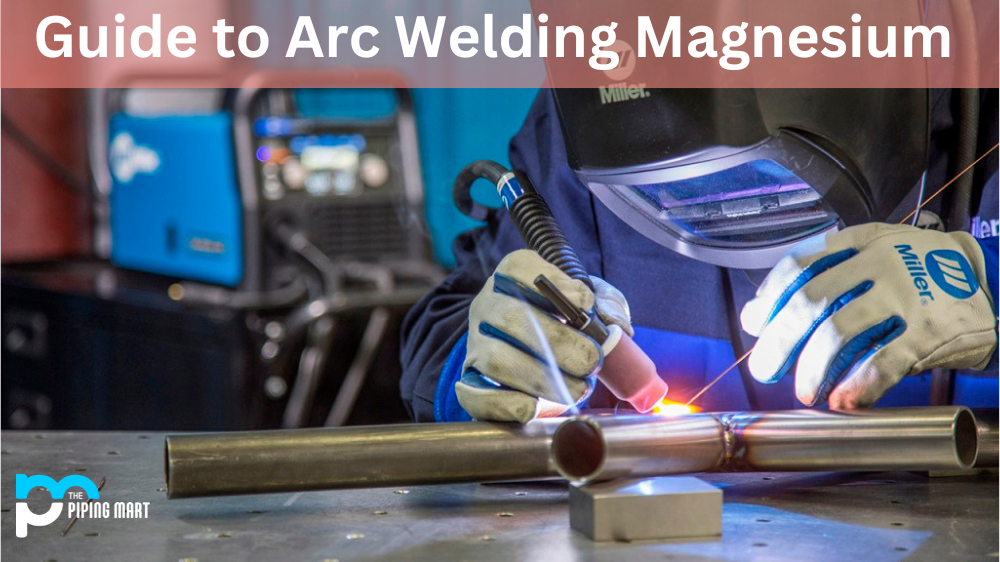When it comes to choosing the perfect material for your project, stainless steel is one of the most reliable options out there. It is sleek, sturdy, and versatile, making it suitable for various applications. However, not all stainless steel is created equal, and two of the most popular grades are stainless steel 303 and 431.
Difference Between Stainless Steel 303 and 431
But which one should you choose? In this article, we’ll look in-depth at stainless steel 303 vs 431, comparing their properties and highlighting their pros and cons. By the end, you should have all the information you need to make an informed decision for your project.
Composition
The first thing to understand about stainless steel 303 vs 431 is their composition. Stainless Steel 303 has a high sulfur content that makes it easier to machine, as well as a smaller amount of chromium, nickel, and molybdenum. Meanwhile, stainless steel 431 is a type of martensitic stainless steel that contains chromium, nickel, and some iron but no sulfur. Overall, both materials are high in chromium content, which provides resistance to corrosion and wear.
Machinability
Regarding machinability, stainless steel 303 is generally easier to work with than 431, thanks to its higher sulfur content. This means that it can be shaped more easily and tends to yield better finishes. In contrast, 431 is often harder and more brittle, which makes it more challenging to work with. This may make 303 a better choice for high-precision applications, such as manufacturing medical equipment or automotive parts.
Strength and Durability
In terms of strength and durability, stainless steel 431 typically appears ahead. It has a higher yield and tensile strength than 303, making it more durable and deformation-resistant. Additionally, 431 is often more corrosion-resistant, especially in applications involving saltwater exposure, making it an excellent choice for marine machinery.
Applications
The applications for stainless steel 303 and 431 can vary depending on their specific properties. Stainless steel 303 is often used to manufacture fasteners, screws, nuts, and bolts and produce electronics, automotive parts, and medical equipment. Meanwhile, stainless steel 431 is well-suited for producing shafts, gears, marine machinery, and other high-stress applications where strength and durability are critical.
Cost
One final factor to consider when choosing between stainless steel 303 vs 431 is cost. Generally, stainless steel 303 is a more affordable option, making it a popular choice for applications that don’t require the highest levels of strength and durability. Meanwhile, stainless steel 431 is generally more expensive due to its higher manufacturing costs and superior quality.
Conclusion
So, which one is best for your project? Ultimately, the answer depends on your specific needs. If you need a material that is easy to machine and adequate for applications that don’t require the highest levels of strength and durability, stainless steel 303 might be the best option. On the other hand, if you need a more robust material that can withstand high-stress applications and exposure to saltwater, stainless steel 431 is the way to go. Regardless of which material you choose, by understanding the differences between stainless steel 303 vs 431, you can make an informed decision that suits your project’s specific needs. With their excellent strength, durability, and corrosion resistance, either of these materials is an excellent choice for a wide range of applications.

Hey, I’m Krutik, a casual blogger expert in the metal industry. I am passionate about providing valuable information to my readers. With a background in engineering and construction, I like playing Cricket & watching Netflix shows in my free time. Thank you for visiting my blog, and I hope you find my information helpful!




